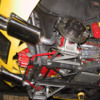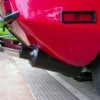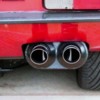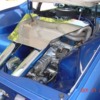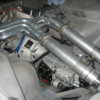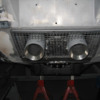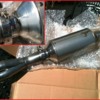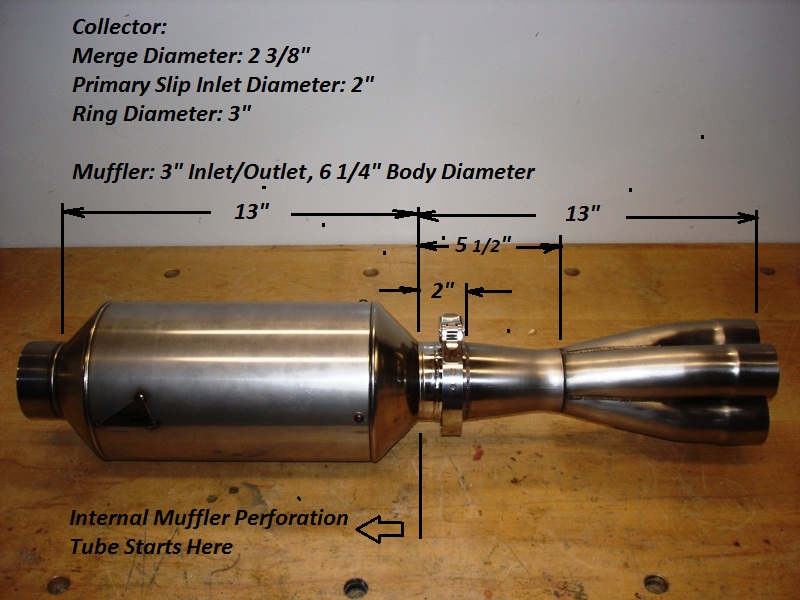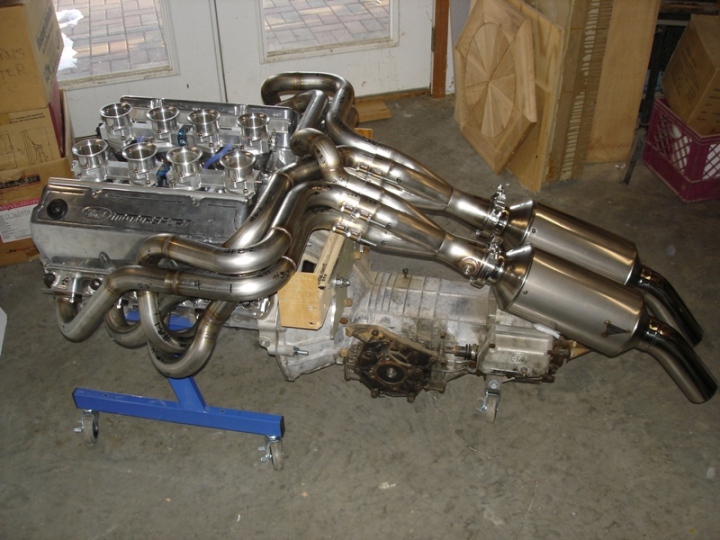Just a messenger,
Mark
I think, as regards thermal coatings, you get what you pay for. And that
may be in time as well as money. If you search Google under 'Swain Header
Coatings' you will have a ton of hits come up.
I say Swain because back like over 15 years ago that is where I sent our
new headers for #99 after researching it. Wanted the very best heat
retention. I just looked on Google and here is one comment from a user that rings
very true to me.
<< After researching header coatings for several hours, I came to the
conclusion that Swain may be a fair bit better than Jet-Hot as far as heat
retention. I spoke with Dan Swain this morning and my suspicions were confirmed.
I don’t think it is even fair to compare the two products anymore because
Jet-Hot is catering to a different market than Swain coatings.
Swain’s philosophy is to retain heat in the header and keep the engine bay
as cool as possible and damn the looks. Jet-hot is more appearance oriented
and their coatings heat retention properties suffer for it. I liken it to
comparing a great looking pair of thermal underwear to an ugly old fire suit.
If my car catches fire, my main concern is not looking good in my fancy
underwear. Nothing against Jet-Hot mind you, they have a fine looking product
and Swain often refers business to them for their great looks. Conversely Jet
hot refers business to Swain for their far superior heat retention
properties. Bottom line, Great looks = Jet-Hot, Great heat retention= Swain White
Lightning coating.
I had an interesting conversation with Dan Swain and it seems they have
quite a following among people who are familiar with their products but have no
intentions of becoming a national conglomerate. They advertise the
old-fashioned way, word of mouth. They like their relatively small business and
because of that and their popularity, wait times for getting things coated can
be substantial. Their turn around time is about three weeks right now and
that is probably pretty standard I am guessing. I however believe it to be
worth the wait and will be sending my headers to them for what I think is the
end all, be all, keep cool, White Lightning coating. It’s funny, I am really
excited about this coating whereas with Jet-Hot it was “oh well if this is
the best there is, I guess I’ll do it”. On a side note, if you don’t like the
color they come back as, you can use a caned high heat spray coating on
them and it WILL stick and WILL NOT burn off. I just can’t believe no one had
heard of these guys but you have now. By the way they quoted me 275-300 for
the pair. >>
I also remember talking to Dan Swain on the phone back then because I was
hesitating sending the headers all the way to the east coast. If you will
remember, those headers kept the engine bay temps WAY DOWN and we could pull
plugs or re tighten all the header bolts right after a track session. And we
could touch the headers without getting our skin fried. (No pun
intended...Mr. Fry) I know that Swain has a huge following in the Race Community such as
NASCAR because of a superior product.
Here's their web site:
http://www.swaintech.com/

